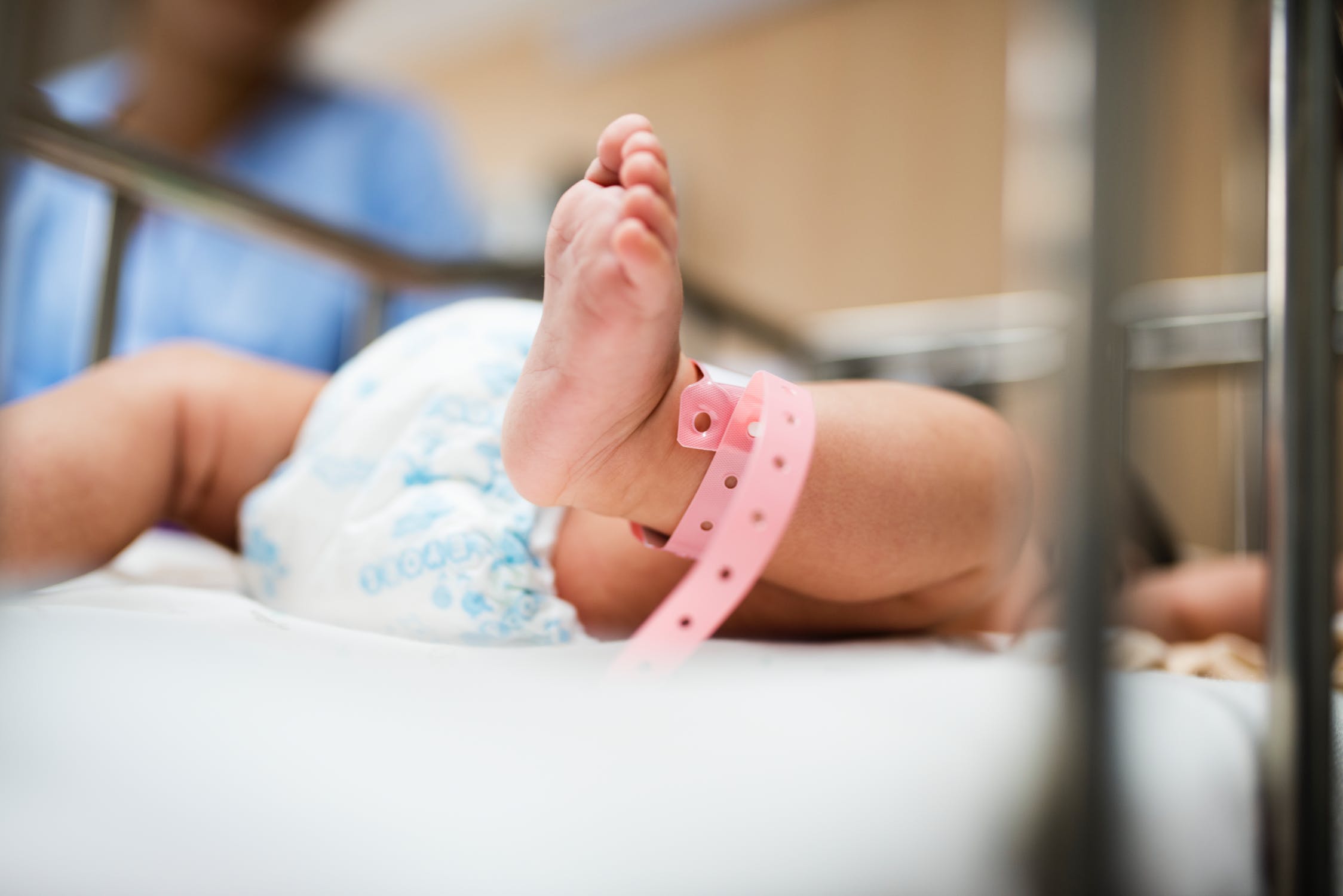As approximately one in every 9,714 people in the United States is born with a birth injury, it’s clear that injuries during birth happen pretty often. However, the last thing on any mother-to-be’s agenda is her or the baby getting injured when she heads to the hospital. For this reason, it’s important to keep in mind that, while they’re not likely, there are many different ways that the mother and baby can become injured during birth. With that being said, dealing with the aftermath and moving forward after such an incident is necessary in order to live a full and healthy life.
The facts
When it comes to the mother in the delivery room, many injuries can occur throughout the birthing process – some more common than others. For example, vaginal tearing is one of the most common injuries sustained during birth, with 9 out of 10 women experiencing it. Other injuries, such as a ruptured uterus can be life-threatening (for both the mother and baby). Broken bones (such as a fractured tailbone) and bruising can also happen. While these can all be unpleasant and painful, they may result in the need for immediate medical care, or follow-up care later, meaning that the medical care you receive matters in terms of recovery.
It’s important to keep in mind that not all birth-related trauma is physical – in fact, approximately 9% of women experience postpartum Post-Traumatic Stress Disorder. Postpartum PTSD usually occurs after a traumatic birth – for example, one that may have included injuries to the mother or baby, the baby needing to go to the NICU, preeclampsia, or an unplanned C-section. This condition can leave the mother with severe anxiety, panic attacks, and a sense of detachment – proving that postpartum PTSD can cause just as much damage as physical injuries.
Injuries to the infant can also occur, and often are due to the size of the baby, prolonged labor, prematurity, or abnormal positioning of the baby (such as breech position) – among other factors. Some of the more common injuries that a newborn may sustain can include bruising, a slightly misshapen head (due to the use of forceps) or fractures to the collarbone/clavicle. Luckily, these injuries can be solved with a simple treatment, or may resolve in their own time. Nevertheless, the medical care which is given during birth is some of the most important in order to prevent problems in the delivery room.
Moving forward
When moving forward, it’s necessary to understand what happened to cause the birth injury, and if it could have been prevented. While many birth injuries, such as vaginal tearing, happen naturally, there are quite a few that are preventable, and may be due to the negligence of a healthcare professional. These can include the administration of incorrect medications, infections in either the mother or baby, and the failure to perform a C-section in time. Negligence, malpractice, and carelessness on the healthcare professional’s part can result in life-altering consequences, such as stillbirth or brain injury, meaning that holding those responsible accountable for their actions can be a necessary step through legal action.
If you or your baby experience a preventable injury or trauma in the delivery room – especially one that could lead to life-altering consequences – you should consider taking legal action against those who are responsible. In doing so, you’d be making an important step in moving forward and getting justice. For that reason, it’s important to look into getting a birth injury attorney, who can help investigate the situation and ensure you get the compensation you deserve.
Healing emotionally
While an attorney can help you get the justice you deserve in cases of negligence and carelessness, they most likely won’t help when it comes to healing emotionally – malpractice or not. Birth injuries and trauma can lead to serious psychological stress, and some of the best ways to heal are through counseling or therapy. This can be a great way to manage the emotional trauma that may come along with many birth injuries – and can even help if you’re experiencing postpartum PTSD as well. While counseling can help you heal, it can also help you to move forward emotionally and put the trauma behind you so that you can enjoy motherhood. Finding a support group for new mothers is another great way to cope, as it can allow you to connect with others who may have similar stories.
While birth injuries and trauma are quite common in the delivery room, it’s important to be prepared. If you or your baby experienced a birth injury, moving forward doesn’t have to be stressful. Through legal action or counseling, you can find the right way to begin moving forward in life.












